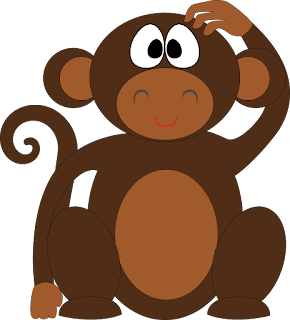Story of Farmer's 3 Sons
A farmer’s wife made some chapatis…The farmer had 3 sons….
The first son came, gave one chapati to the dog,and made three equal parts of remaining chapatis, ate one part of it and left the other two parts for his brothers…. Other two sons came one after the other and did the same thinking that they came first…
Then at night all three came to the house, one of them gave one chapati to dog and made three equal parts and the three brothers ate one-one part of it…
If no chapati was broken in pieces then how many minimum number chapatis did the mom made?
Here are MATHEMATICAL steps for solution!
The first son came, gave one chapati to the dog,and made three equal parts of remaining chapatis, ate one part of it and left the other two parts for his brothers…. Other two sons came one after the other and did the same thinking that they came first…
Then at night all three came to the house, one of them gave one chapati to dog and made three equal parts and the three brothers ate one-one part of it…
If no chapati was broken in pieces then how many minimum number chapatis did the mom made?
Here are MATHEMATICAL steps for solution!










